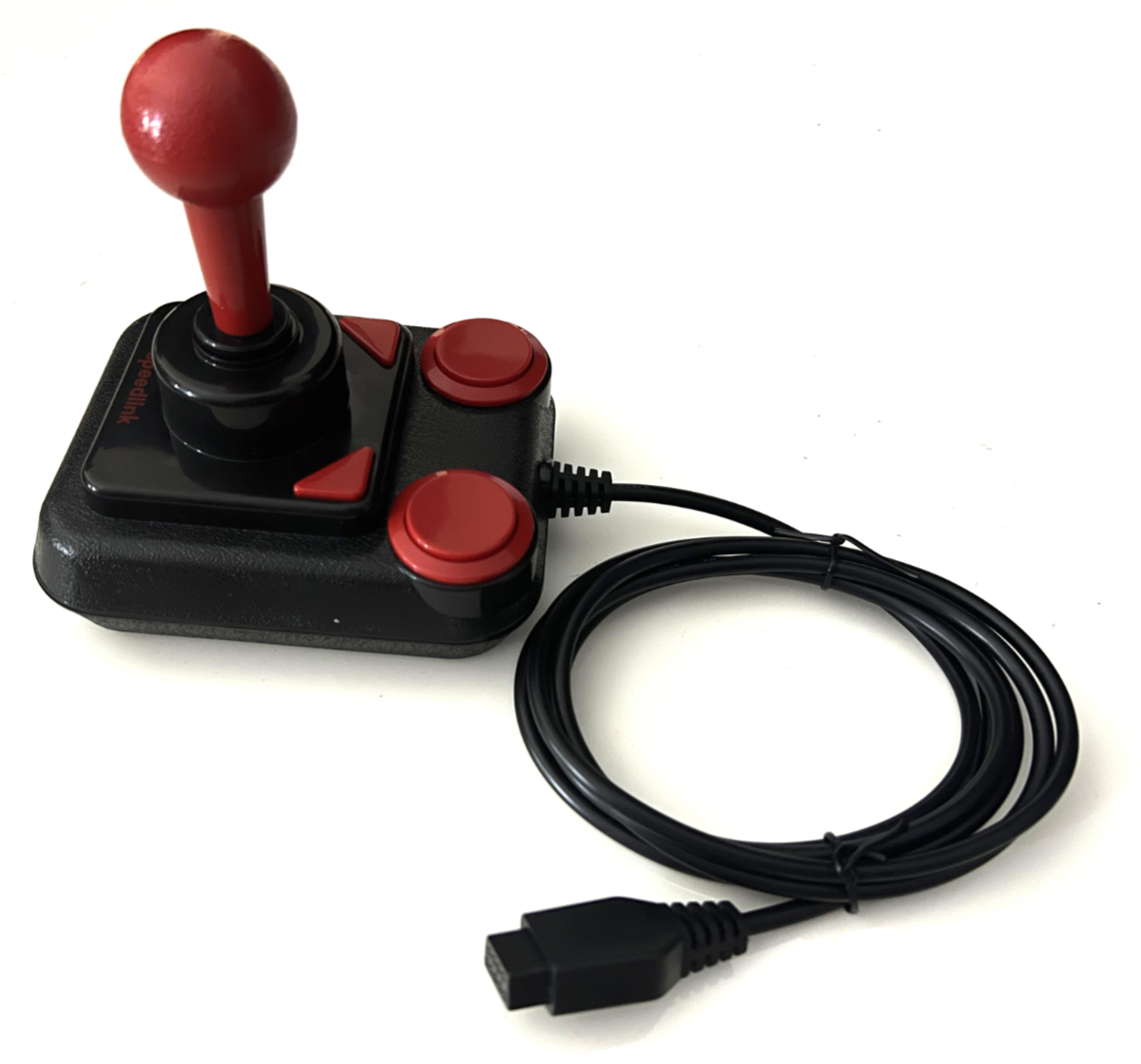[UPDATE] Converting the “Competition Pro Extra USB” to C64/Amiga/Atari DB9

I updated the instructions to a USB Competition Pro to DB9, so you can use it with a C64, Amiga etc. They now include the new “V3” and “V04T” pinouts and were updated with the use of a joystick extension cable.
The Ultimate Commodore 1541 Disk Drive Talk [video]
This is the video recording of “The Ultimate Commodore 1541 Disk Drive Talk” at VCF West 2021. As always, if you think it’s too fast, try watching it at 0.75x speed!
[Announcement] The Ultimate Commodore 1541 Disk Drive Talk @ VCFW 2021

After
Commodore's Assemblers: Part 5: 6502ASM

In the series about the assemblers Commodore used for developing the ROMs of their 8-bit computers, this article covers the 1989 “Commodore 6502 Assembler” (6502ASM), a cross-assembler written in C that ran on VAX and PC.
Commodore's Assemblers: Part 4: HCD65

In the series about the assemblers Commodore used for developing the ROMs of their 8-bit computers, this article covers the 1987 “HCD65” assembler that ran on the C128.
Commodore's Assemblers: Part 3: BSO CY6502

In the series about the assemblers Commodore used for developing the ROMs of their 8-bit computers, this article covers the 1984 “Boston Systems Office” (BSO) cross-assembler running on VAX/VMS.
Commodore's Assemblers: Part 2: MOS Resident Assembler

In the series about the assemblers Commodore used for developing the ROMs of their 8-bit computers, this article covers the 1976 “MOS Resident Assembler” that ran on a variety of 6502-based computers.
Commodore's Assemblers: Part 1: MOS Cross-Assembler
Commodore's Assemblers: Overview

Commodore used 5 different assemblers, most of them in-house tools, to build the ROMs for their Computers like the PET, the C64 and the C128. Nevertheless, all Commodore source files, from 1975 to 1990, share a common format and use the same assembly directives. This series of articles describes each of these assemblers.
Reverse-Engineered geoWrite 2.1 for C64 Source Code
geoWrite is a WYSIWYG rich text editor for the Commodore 64 GEOS operating system. I created a reverse-engineered source version of the geoWrite 2.1 for the C64 (English and German) for the cc65 compiler suite:
Ankündigung: Vortrag "Diskettenlaufwerke am Beispiel der Commodore 1541" am VCFB 2020

This post is about an upcoming talk in German.
Inside geoWrite – 9: Keyboard Handling

In the series about the internals of the geoWrite WYSIWYG text editor for the C64, this article discusses how the app consolidates keyboard input to keep up with fast typists.
Inside geoWrite – 8: Copy & Paste

In the series about the internals of the geoWrite WYSIWYG text editor for the C64, this article discusses its efficient cross-application cut/copy/paste implementation.
Inside geoWrite – 7: File Format and Pagination

In the series about the internals of the geoWrite WYSIWYG text editor for the C64, this article discusses how its file format allows the app to efficiently edit documents hundreds of KB in size.
Inside geoWrite – 6: Localization

In the series about the internals of the geoWrite WYSIWYG text editor for the C64, this article discusses what was required for the German localization.
Inside geoWrite – 5: Copy Protection

In the series about the internals of the geoWrite WYSIWYG text editor for the C64, this article discusses the geoWrite copy protection.
Inside geoWrite – 4: Zero Page
In the series about the internals of the geoWrite WYSIWYG text editor for the C64, this article discusses how it makes maximum use of the scarce zero page space.
Inside geoWrite – 3: Font Management

In the series about the internals of the geoWrite WYSIWYG text editor for the C64, this article discusses the font manager’s system of caches for pixel fonts.
Inside geoWrite – 2: Screen Recovery

In the series about the internals of the geoWrite WYSIWYG text editor for the C64, this article discusses how the app manages to extend its usable RAM by 5 KB using a custom screen recovery solution.
